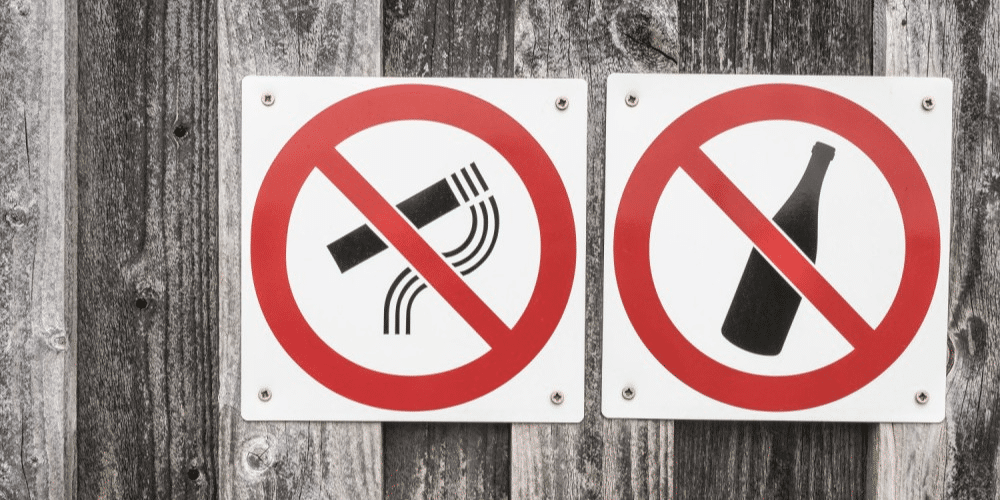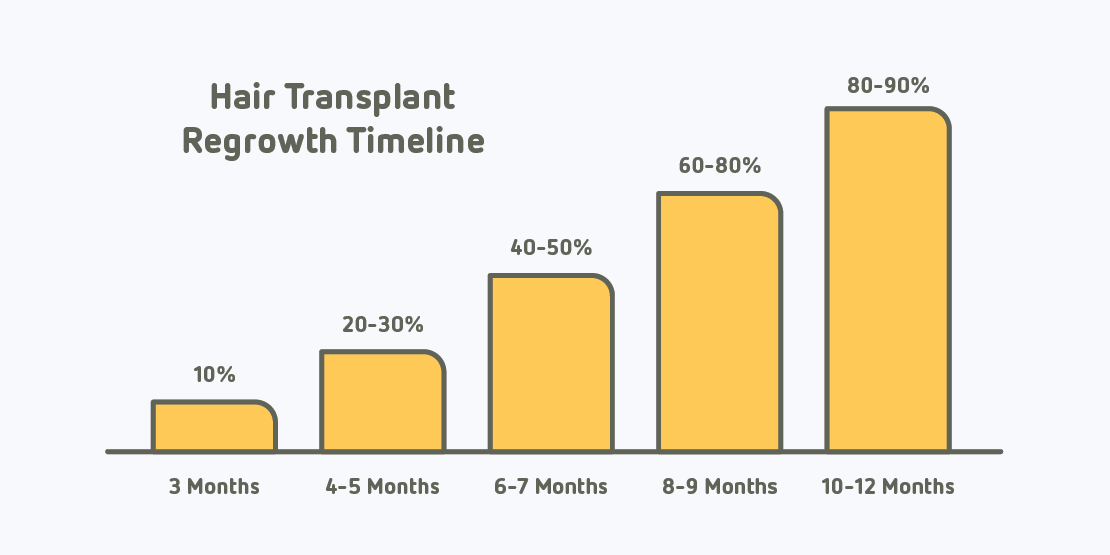The post-op hair transplant stage can be a stressful time. Worries about a lack of growth or unexpected results are common. However, this phase of your hair transplant journey doesn’t have to be so stressful. With some guidance and tips to follow, we’re here to help you better understand the post-op stages so that you can know what to expect and when. The aim of this guide is to give you useful information on how to best take care of your new hair. Please note that our guidelines are not intended to replace any medical advice provided to you by your doctor.
Find the Right Hair Transplant Specialist at a Fraction of the Cost
Qunomedical only lists hair transplant clinics and doctors that have been thoroughly vetted with quality and affordability in mind. Contact us for your 100% free, non-binding assessment.
What to Expect Following Your Surgery
After you’ve undergone your hair transplant, there are a couple of things to be ready for in the days following. Whether you choose to go for the FUE method or DHI, the results of your transplant should be long-lasting. However, you’ll notice some common transitional symptoms appearing during the post-op phase. These will occur in both the donor area, most commonly the back or sides of the head, and in the transplanted area, the part which was previously bald or thinning.
The Transplanted Area
It’s normal to experience a few side effects in the weeks following your transplant. These can occur in both the transplanted and the donor area of your head. In the majority of cases, these post-treatment symptoms are nothing to be worried about, but you can always contact your Qunomedical Patient Manager if you have any queries or concerns.
Common side effects include:
Redness in the transplanted area for the first 2-3 weeks.
Swelling around your face and eyes.
Scabbing in the transplanted area for around 1-2 weeks after surgery.
Pimples in the transplanted area during the first three months which will usually disappear naturally.
Redness in the donor area that may persist for some weeks or months depending on your healing time.
There may be numbness or discomfort in the donor area during the first couple of months.
Itchiness in the transplanted area.
General Guidelines to Follow
We’ve laid out some general advice and guidelines to follow when you’re in the post-op hair transplant phase.
In the first couple of weeks after your surgery, sleep with your head elevated and only lie on your back.
Avoid alcohol and sexual intercourse for the first seven days.
Avoid smoking for the first month after your treatment as this can have a negative impact on the healing process.
Cut your hair only with scissors for the first six months and avoid using a blow dryer for five weeks.
Hair should only be dyed after six months.
Avoid swimming, sauna, steam baths, sunbathing, and heavy exercise for a month.
Avoid dusty environments for fifteen days.

Maintenance and Washing
When it comes to looking after both your head and your hair following treatment there are a few important points to follow.
Avoid washing your hair for two days following surgery. It’s also advisable to apply a cold gel or ice compress on your forehead and around your eyes for 10 minutes before you go to sleep to reduce any swelling.
For the first week after surgery, you should try to make sure that the recipient area of your head doesn’t come into contact with anything. This includes soft hats, which should be avoided for at least 10 days after your treatment - hard hats, helmets and headsets should be avoided for one month.
Using Foam Spray
Following your surgery, your treatment team may provide you with a foam spray that aims to assist your hair and head during the post-op hair transplant phase. Apply the foam spray onto the transplanted area of your head and let it rest. Rinse after 40 minutes. To avoid any harsh pressure, don’t use the shower and instead tap the foam onto the transplanted area gently. The foam spray should be used around 40 minutes before you use shampoo. Keep this up every day for two weeks, following your surgery.
Using Shampoo
Your treatment team may also supply you with specialized shampoo. It’s recommended to apply this to both the donor and transplanted areas of your head. On the donor area, apply the shampoo and rub it in with your hands. Use only your fingertips and palms, and avoid using your nails. For the transplanted area, create a foam in your hands, apply it locally, and rinse gently. Make sure that you wash your hair with lukewarm water and avoid any strong pressure. Hot or cold water might damage the transplanted grafts. As mentioned earlier, avoid using a hair dryer to dry your hair. If necessary, gently tap your head with soft paper towels. Lastly, wash your hair once a day and continue using anti-hair-loss shampoos for one year.
Hair Transplant Growth Timeline
Each post-op hair transplant patient is unique and growth will vary from person to person. Below, we’ve laid out a general hair transplant growth timeline, to give you some idea of what to expect when.

Months 1-3: 90% of your transplanted hair may fall out. Don’t worry about this! It’s a normal process, occurring in 95% of hair transplant cases. Some of the natural hair located next to the transplanted grafts may fall out as well. This phenomenon is known as 'the shedding phase.' Again, this isn’t something to be concerned about. This is a transient process, meaning that your hair will grow back stronger over the course of the next 3-6 months. The donor area will recover gradually as well as your hair starts to grow back.
Months 3-4: You may not notice such dramatic changes during this time, but around 5% of new fine hair should begin to grow.
Months 4-5: During the next couple of months it’s typical to see around 20-25% of the transplanted hair start to grow.
Months 6-9: Between the sixth and ninth month after your treatment, most of your transplanted hair should begin to grow (around 75%) and your hair should start to look thicker and denser.
Months 9-18: After the ninth month, another 20-25% of new hair usually grows. However, it’s worth noting that in some cases it may take up to 18 months for the hair in the crown area to fully develop.
We're on the Post-Op Hair Transplant Journey With You
At Qunomedical, we are there for you throughout your journey. This includes the post-op hair transplant phase, where your Patient Manager will still be available for you to contact should you have any worries or concerns. You can also join our dedicated hair transplant community on Facebook. The Hairloss Crusaders group provides a safe space to ask questions, chat to others, look at hair transplant post-op pictures, and share experiences about your journey.
Disclaimer
The information in this article is for educational purposes only and does not replace medical advice. Always consult your doctor before starting any treatments.
Find the Right Hair Transplant Specialist at a Fraction of the Cost
Qunomedical only lists hair transplant clinics and doctors that have been thoroughly vetted with quality and affordability in mind. Contact us for your 100% free, non-binding assessment.